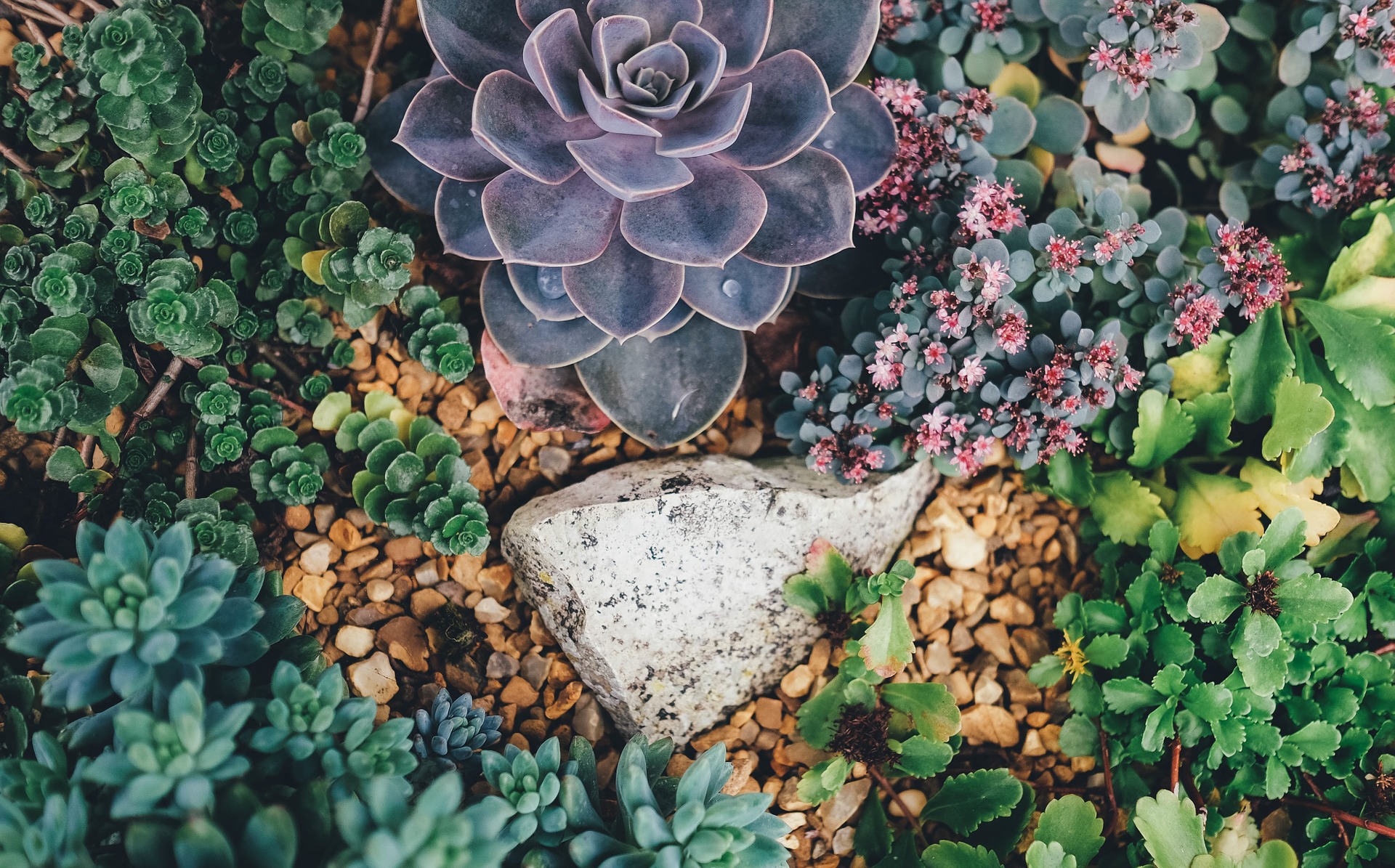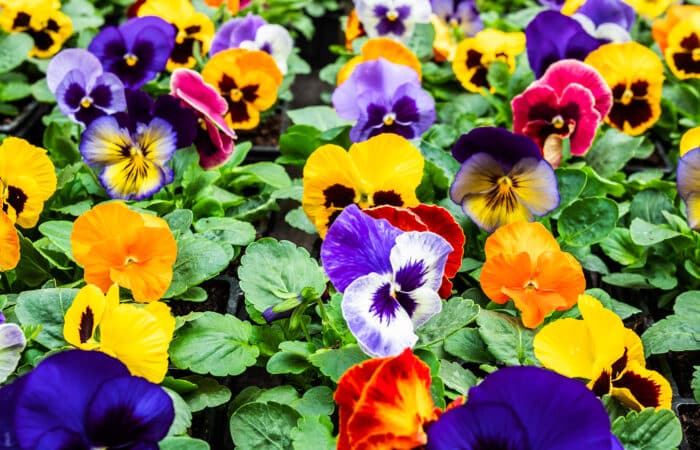Xeriscaping.
No, it’s not a fantasy world dominated by robot overlords, nor is it the latest comic book about a super-powered mutant uprising.
It is a bizarre word, but one that’s related to an incredibly natural thing – namely, the landscaping of an area which requires little to no irrigation.
The word itself is derived from the Greek, “Xeros,” which means “dry.” And it’s this connotation that lends to a common misconception surrounding this sustainable landscape design practice. Most people who hear “xeriscaping” picture a barren, desert-like environment sparsely populated by errant cacti.
Nothing could be farther from the truth.
In actuality, xeriscaping is adaptable to any environment – particularly commercial properties – and often includes a variety of trees, shrubs, and flowering annuals and perennials that can add color and zest to a garden or landscape. While the concept was initially developed for areas affected by severe drought – or those that do not have easy access to a plentiful, fresh water supply – widespread implementation has occurred more recently, as water becomes more limited worldwide, and society becomes more environmentally conscious.
The entire crux of xeriscaping involves selecting plants based on their water conserving qualities and optimizing rainfall retention, and these principles can be applied to an entire landscape or just a portion.
The hallmarks of xeriscaping include:
- Rich, organic compost that cuts down on need for irrigation by retaining rainfall, while promoting substantial drainage.
- Extensive use of mulch, which keeps moisture in the soil, while thwarting the growth of weeds.
- A sloped terrace designed to discourage water runoff.
- Slow-growing, drought tolerant plants and turf that cut down on waste and water consumption.
- Efficient irrigation practices, such as early morning watering when temps are cooler and the threat of evaporation low to the installation of an irrigation system tensiometer, which activates only when soil is dry.
Commercial properties are increasingly moving toward this method of sustainable landscape design thanks to the myriad benefits it provides, both aesthetically and economically.
Xeriscaping can boost your commercial landscape’s beauty and functionality in the following ways:
- It has been proven to use up to two thirds less water than traditional landscaping.
- It is low-maintenance. Significantly less turf means fewer fertilizers and equipment, and for that reason…
- It is economical. While installation costs can be steep in comparison to lawns, long-term operating costs – mowing, fertilizing, etc. – are virtually nonexistent. Xeriscaping can boost property value, which also offsets the cost of installation.
- It reduces waste. Fewer lawn clippings means less organic waste rotting in landfills, while fewer lawn mowers contribute to a smaller carbon footprint.
- Finally, native plants can create a haven for local wildlife, such as butterflies, which can yield a captivating, even calming, environment for tenants, clients, and guests.
GroundsCare can help you determine if your commercial property could benefit from a bit of xeriscaping. Our sustainable landscape design crew can evaluate your property and discuss your wants and needs, before formulating a plan that fits your property and your budget.



